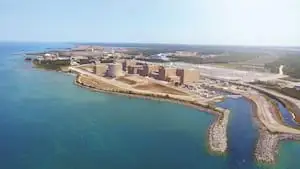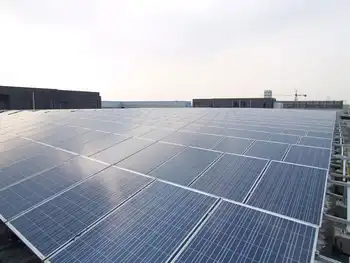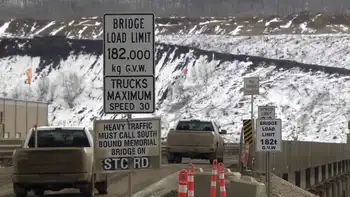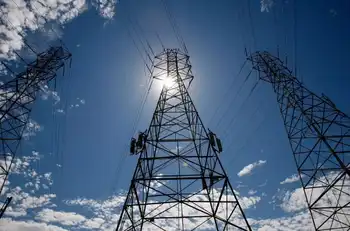Colorado eyes Wyoming wind power
By Associated Press
CSA Z463 Electrical Maintenance -
Our customized live online or in‑person group training can be delivered to your staff at your location.

- Live Online
- 6 hours Instructor-led
- Group Training Available
The $350 million power line, called the Wyoming-Colorado Intertie, would connect power generators in eastern Wyoming with consumers along Colorado's Front Range.
Wyoming is a major exporter of coal, oil and natural gas, but wind farms in the state produce only about 350 megawatts of electricity — the equivalent of one small coal-fired plant.
That could change in the next few years as GreenHunter Wind Company of Texas, Duke Energy Ohio and other companies pursue new wind farms in the state. Duke and GreenHunter were the only successful bidders to emerge from a recent auction of Intertie's 850 megawatts of carrying capacity.
The transmission line is being pursued by a partnership between the Wyoming Infrastructure Authority, Western Area Power Administration and Trans-Elect Development Co. of Bethesda, Maryland.
"This opens up the door for 850 megawatts of wind to get to the market that otherwise would never have the opportunity," said Trans-Elect chief executive Robert Mitchell. "The market has changed in the last two-and-a-half years, with extreme difficulty siting coal facilities and the cost of wind coming down."
A megawatt is enough electricity to power 750 to 1,000 homes. That means at full development the transmission project could deliver power for up to 850,000 homes.
The American Wind Energy Association, an industry trade group, issued a statement saying the capacity auction was "proof of wind power's growing status as a mainstream electricity source in the western United States."
Duke — one of the nation's largest coal power producers — plans to develop 5,000 megawatts of wind energy nationwide in coming years, said company spokesman Rick Rhodes. He declined to say how much of that might come from Wyoming.
"Our main interest (in Intertie) is in securing transmission access for future projects," Rhodes said.
He added that while Duke pursues coal, natural gas and nuclear power plants elsewhere in the country, "what we're really after in the Rockies is the wind."
GreenHunter in July bought a majority share in a wind project near Wheatland that could eventually generate 600 megawatts of electricity. The project is within about 15 miles of the Intertie's proposed route.
The auction failed to attract successful bidders on 265 megawatts. But Wyoming Infrastructure Authority Executive Director Steve Waddington said companies already have expressed interest and he expects the remainder to be sold.
The 185-mile transmission line is scheduled to go on line in 2013. The capacity auction was timed to be compatible with plans by the Public Service Company of Colorado to add up to 850 megawatts of wind power to its distribution system by 2015.
As the region's largest population center, the Front Range offers a growing market that power producers are eager to tap into.
Mark Stutz, a spokesman for the Colorado utility's parent company, Excel Energy, said there was no contract in place for the company to tap electricity coming over the Intertie line. But Stutz added that it was a future possibility as energy demand increases.
The Wyoming Infrastructure Authority has spent about $1 million to date developing the project — money that would be recouped when private financing is lined up for construction, Waddington said.
After the Intertie transmission line is built, the Western Area Power Administration would operate the line with Trans-Elect remaining as majority owner.
Waddington said with other transmission lines and wind farms under development or being contemplated in Wyoming, renewable wind power could soon emerge as a major export product for the state.
"This is the first of many," he said. "If you add all those projects together it could amount to several thousand megawatts of wind generation being generated in Wyoming and shipped to markets across the West."











